Equipment
Odyssey Ai-One putters: What you need to know

WHAT YOU NEED TO KNOW: Odyssey borrows some of the variable face thickness ideas generated by artificial intelligence that have fueled the driver designs of parent company Callaway in recent years to reimagine how its putter faces might work. The result is two new putter lines, one featuring an aluminum-backed urethane face insert and the other a milled titanium insert, and each uses a distinct and asymmetrical thickness pattern to create more consistent off-center distance control.
PRICE: Ai-One ($300) will be available in five options: The #1, Double Wide DB blades, and the Rossie S, #7S (slant neck), and #7CH (crank hosel). Ai-One Milled ($450) will come in eight versions: One T and Two T in blades; Three T, Six T, Seven T DB (double bend shaft), Seven T CH (crank hosel), Eight T and Eleven T in mallets. All will be available at retail on Nov. 3.
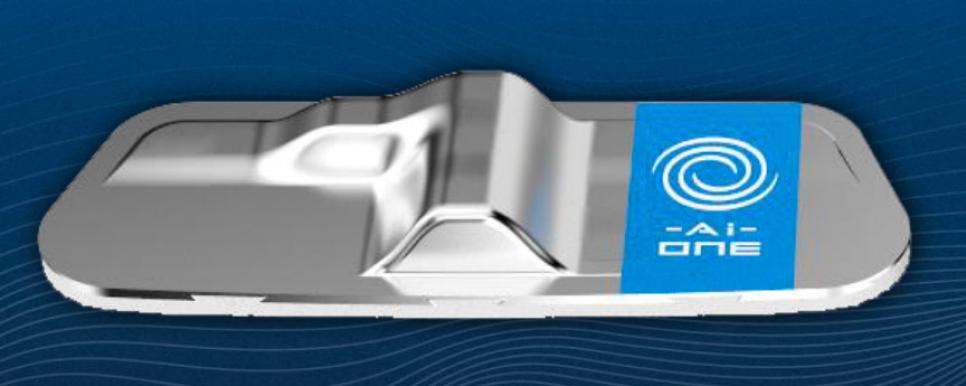
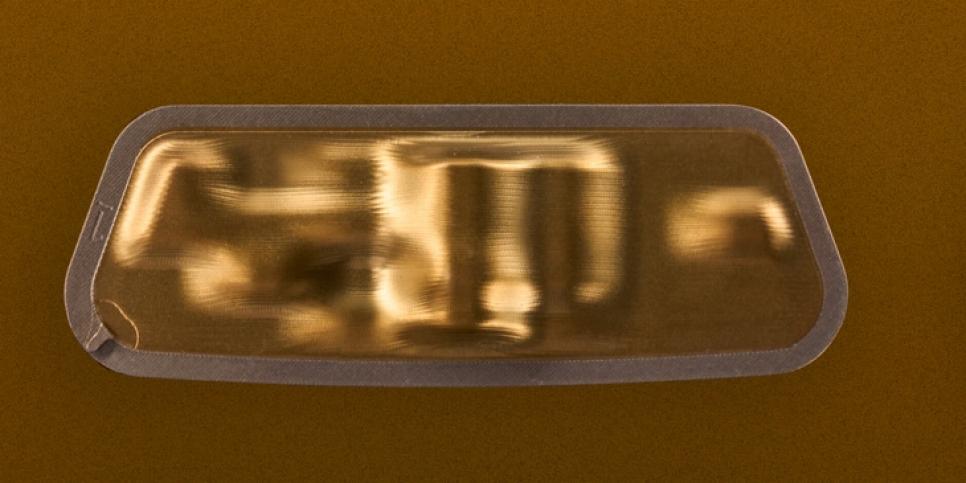
The back of the face of the Ai-One (top) and Ai-One Milled putters reveals an assymetrical, somewhat counter-intuitive face thickness pattern to promote consistent ball speed on mis-hits.
3 COOL THINGS
1. A different kind of intelligent design theory. Odyssey’s parent company Callaway has used the design horsepower of artificial intelligence and machine learning to take variable thickness face design on its woods to a distinctly more complex place. The idea was about finding more consistent performance all across the face by discovering new patterns that were unique and in some cases so counterintuitive that they likely never would have occurred to the most earnest of engineers over decades of trying. The uniquely and frankly wild-looking topology of these metalwood faces created ways for the face to deflect at impact for consistent ball speed. But while that seems an admirable goal for a driver, the engineering team at Odyssey thought it would make even better sense if it could be done for a putter. After all, that’s where the money is and more consistency with the putter means more money. (Odyssey’s team pointed out that three-putts cost Jon Rahm about $2.5 million in 2023.)
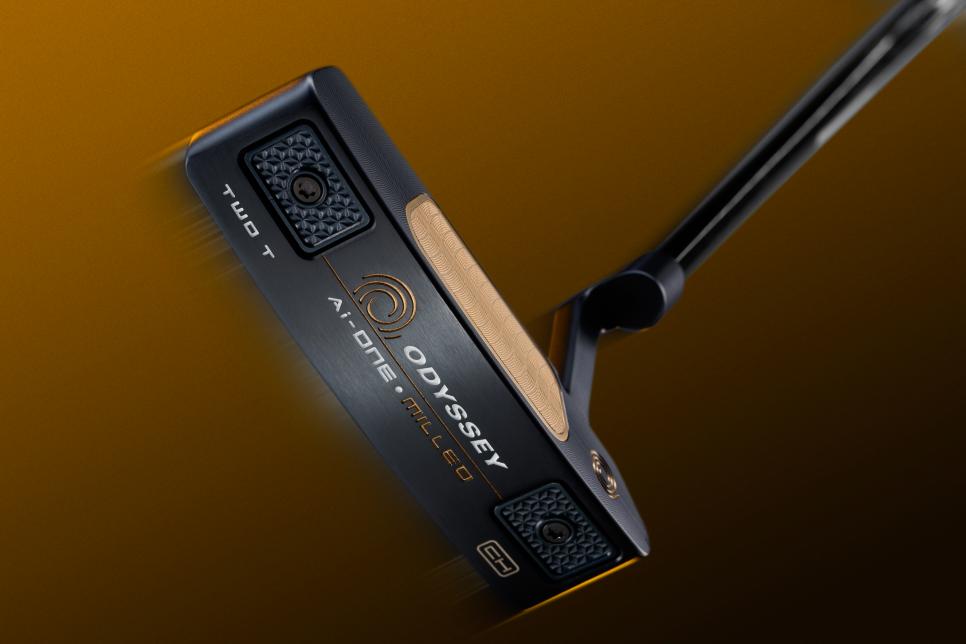
The Odyssey engineers used the learnings behind driver face designs to inform the super computers and software digging into the putter face question. The result was more than 50,000 designs to get to the asymmetrical shaping the back of the faces on its new Ai-One putters, shaping that’s visible through a clear window on the back or sole of these new putters. Generally thicker toward the middle and thinner toward the heel and toe, the face deflects differently depending on where it’s hit to better modulate the speed. More consistent speed decreases the likelihood of three-putts, Odyssey’s team posits. Unlike other designs that attempt to achieve consistency by deadening the center, the new Ai-One putters aim to raise ball speed on mis-hits, instead. It’s an idea that’s been some four years in the making, inspired by the use of artificial intelligence in the unique designs of driver faces for the Epic Flash line of drivers, said Eric Stubben, manager of research and development for putters.
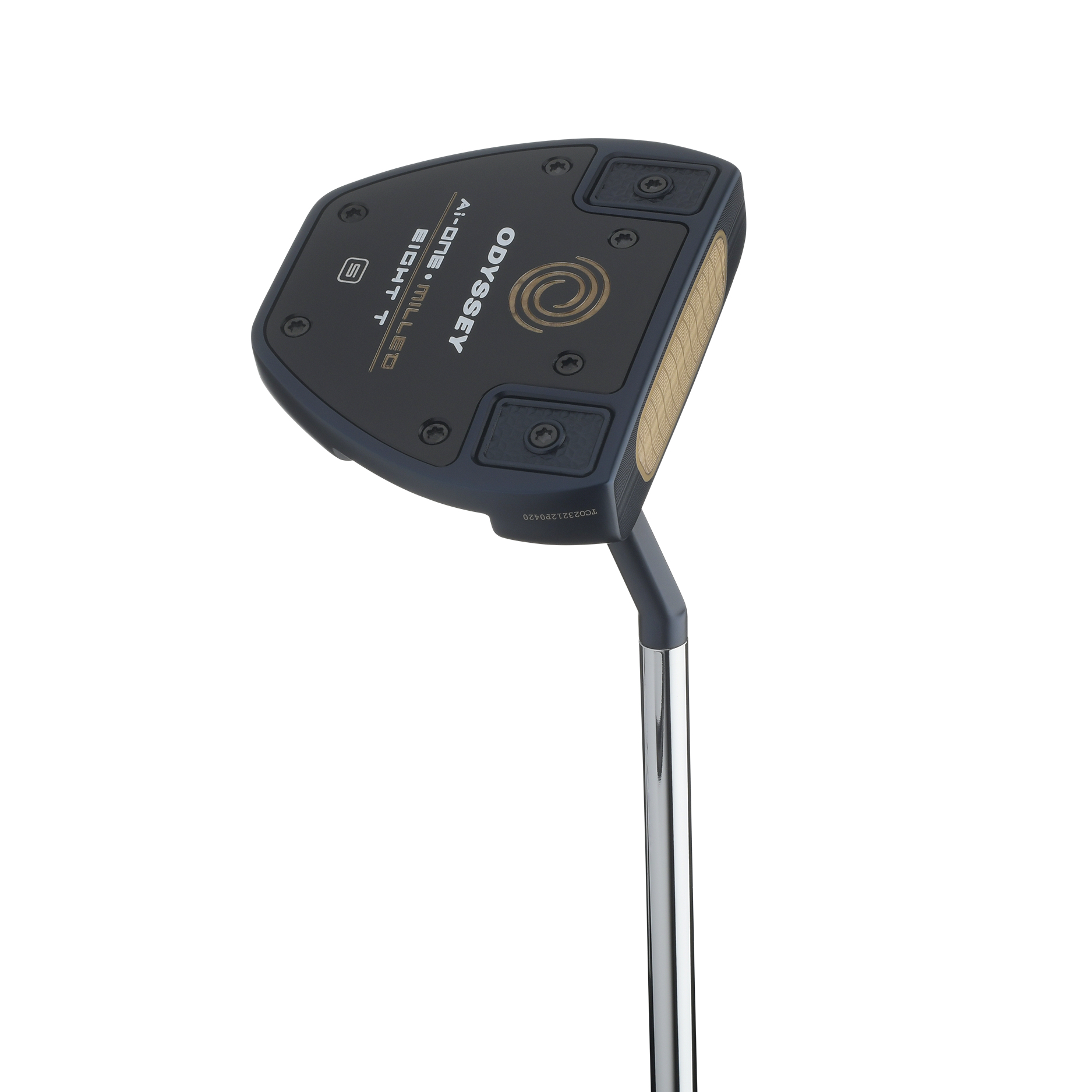
To design its putter face Odyssey’s engineers looked to titanium for its light weight, strength and flexibility. They needed the face’s intricately varied indentations—designed through a range of artificial-intelligence simulations—to respond to every impact like a high-performance race car moving across an undulating road. These titanium faces have “micro-deflections” to direct energy to the ball for consistent distances.
“Myself and a couple of other engineers, when we looked at the driver, we said, ‘Why can't we design a putter in that same way?'
"Sure, it's a smaller swing and there’s less force at impact, but that face can still flex if we design it right, we can utilize that and we can use our AI to try to improve the face on our putter designs. We said, ‘Let’s minimize the standard deviation of ball speed around the face.’”
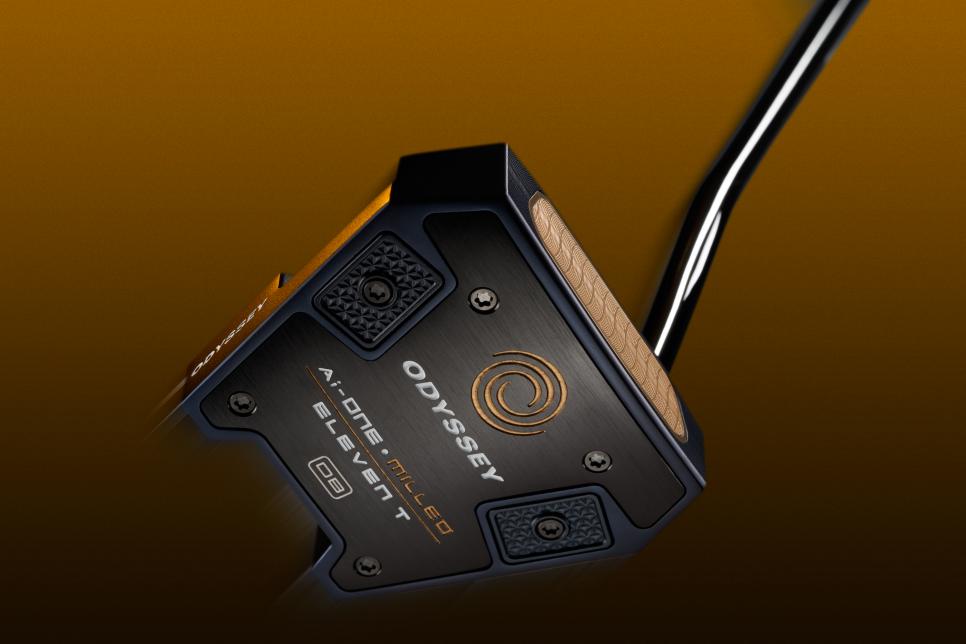
A few weeks later, through the combined intellect of man and machine and some thousands of instant iterations, the first prototype ideas for a face that flexed differently depending on impact location. According to Odyssey’s testing, putts with the Ai-One end up 21 percent closer to the hole on mis-hits from 32 feet compared to a standard flat-faced putter. With the Ai-One Milled, the benefit was 7 percent. The face is doing the work, Stubben said.
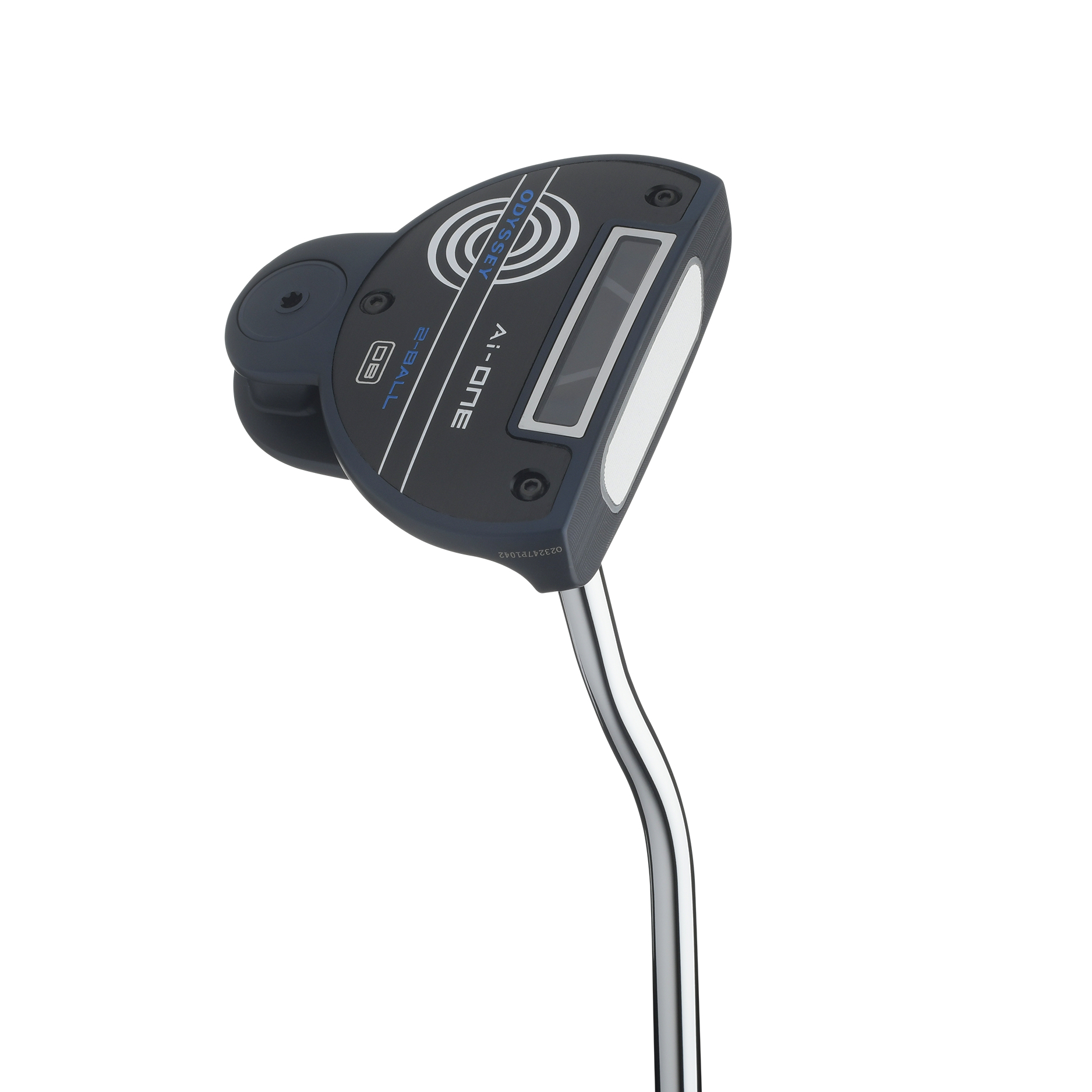
Most of us think of the putter face as a study in feel, but the engineers at Odyssey thought, Why can’t we get the face to be active and flexing on putts, too? The key was using artificial intelligence to produce the strangely bumpy back of the face. This insert uses “micro-deflections” to help mis-hits roll nearly as well as center strikes. When it comes to feel, is there anything better than fewer three putts?
“In terms of the face deflection, obviously, it's smaller but there aren't a ton of differences between this and a driver,” he said. “Talking about the topology itself, we can go a little bit deeper as well. That's just because as you go deeper and you've got some more contour, while that does add a little bit of stress to the face, but since the impact is a little bit slower with a little less force, we were able to pull deeper than what the driver faces are able to do.”
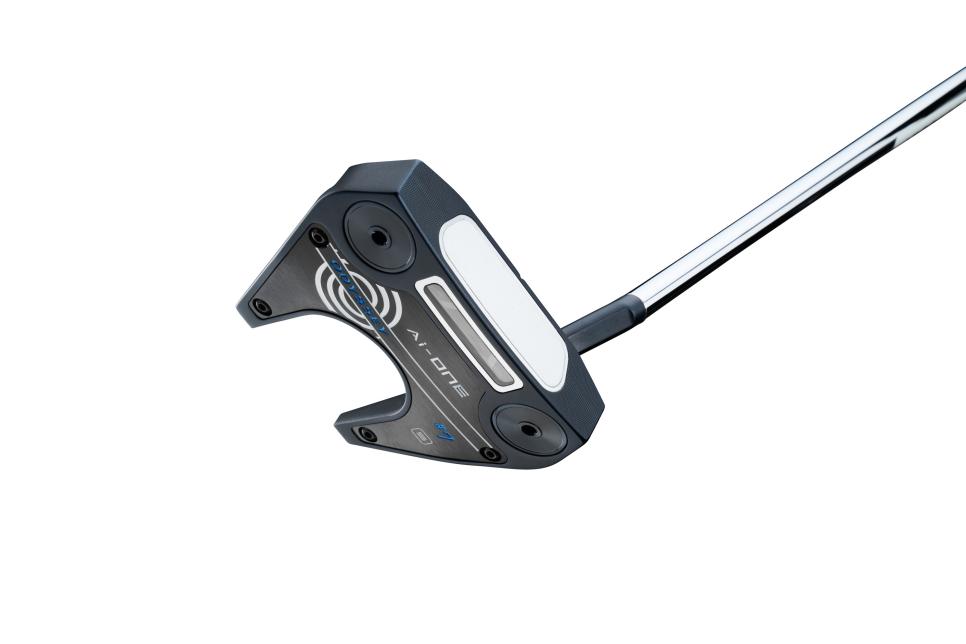
2. A real need to be two-faced. The two face options on the Ai-One and Ai-One Milled reflect the two predominant feel preferences of a softer polymer insert and a firmer metal insert, but here’s the trick: Neither of them are stainless steel, the most common metal used in putters. On the Ai-One, the face is made with aircraft aluminum so the contours can be built into the back of the face, but the front of the face is layered with a co-molded version of the same urethane that makes up the White Hot insert that has been popular on tour and in the market for two decades. Stubben said the multi-material insert produces virtually the same impact ratio of ball speed to swing speed as the original White Hot insert, an indication that the Ai-One face design is not simply deadening the center of the face to normalize ball speed on mis-hits.
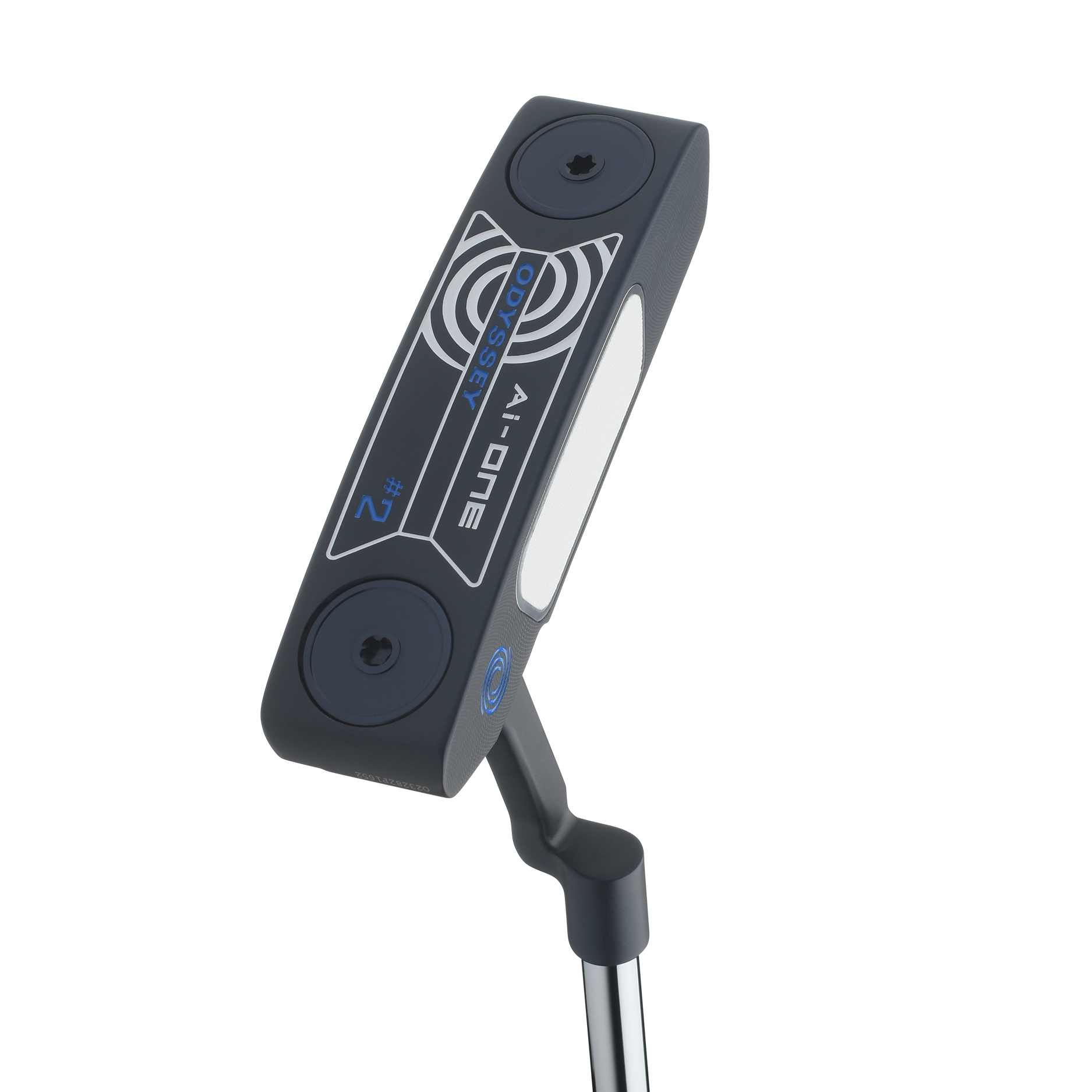
Blade putters that stretch the boundaries of off-center-hit forgiveness to mallet-like levels seem more prevalent these days than pickleball injuries. Rather than dull the center, though, Odyssey’s team found a method to keep the center speed and raise it for mis-hits. Although that probably sounds like alchemy, for Odyssey it’s all about machine learning and artificial intelligence. The odd topology on the back of these faces creates “microdeflections” for consistent rollout. The urethane face coating makes all that technology feel like the company’s most favored White Hot insert.
Meanwhile, the Ai-One Milled line features a 6-4 titanium face insert that allowed for the contours on the back of the face in combination with a more durable front of the face than a more malleable metal like aluminum. Most importantly, titanium also provided the kind of flexibility that could take advantage of the face design’s microdefletions at impact.
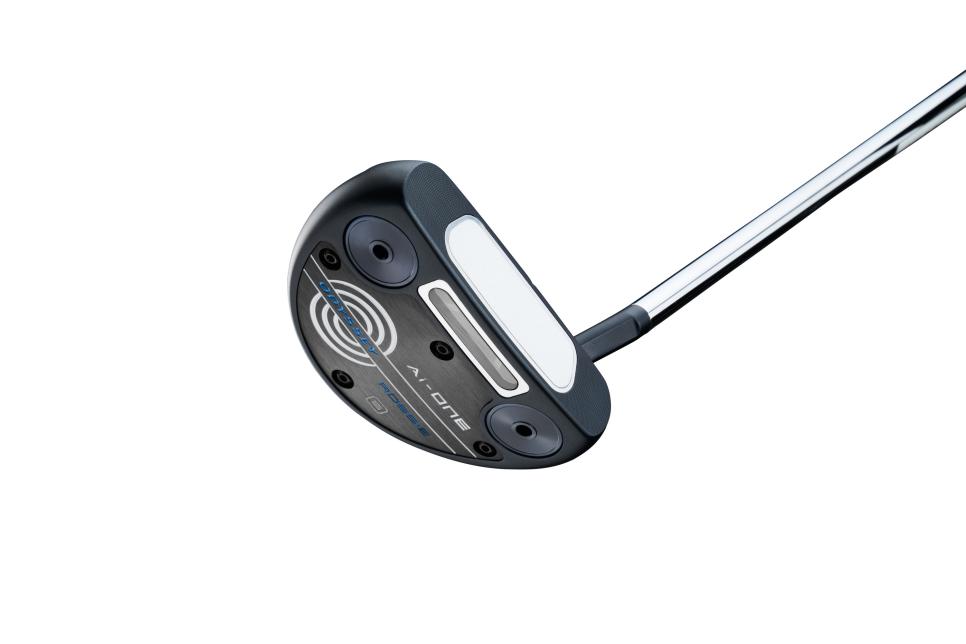
3. A more streamlined take on the Stroke Lab shaft technology. Introduced in 2019, the Stroke Lab putter shafts featured a distinctive combination of graphite (most recently red in color) with a steel tip for a total shaft weight of 75 grams, some 40 grams lighter than a standard steel putter shaft. The idea was to raise the shaft’s balance point closer to hands to provide better tempo, while the stiffer tip section emphasized torsional control of the head without adding excess weight. For the Ai-One lineup, the Stroke Lab concept has been reimagined with a steel shaft that weighs 95 grams but also features an additional 20 grams of weight in the butt end of the grip. The counterbalancing effect and the all-steel design aim to provide the tempo and stroke control benefits from the original Stroke Lab concept.
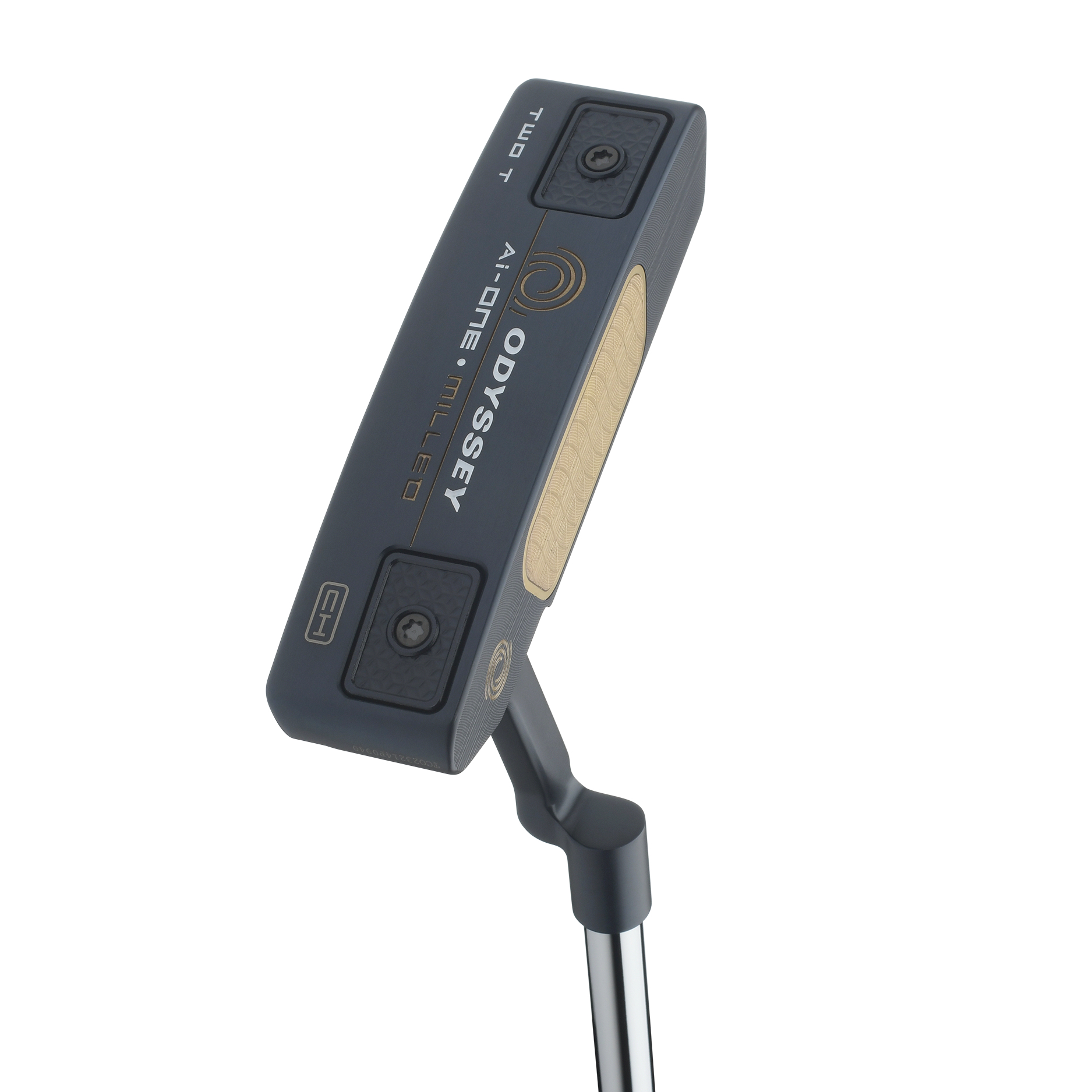
A titanium face on a putter would seem to make as much sense as a 6.2 liter V8 Hemi in a Dodge Caravan. Titanium is what makes driver faces hot, and a hot putter face seems like a recipe for binge drinking, but think again. Titanium is thin, light and strong—the kind of alloy that has great flexure properties. Flexing matters when you’re trying to create a putter face that intricately responds to the slightest variations in thickness, all created through artificial-intelligence simulations. Those thicknesses yield similar roll across the face.

